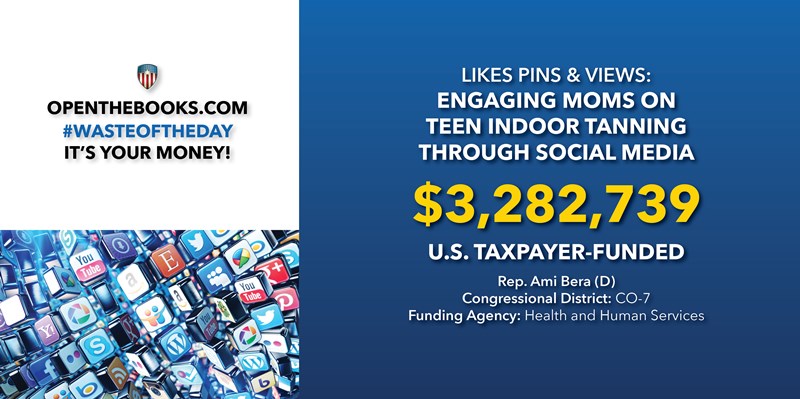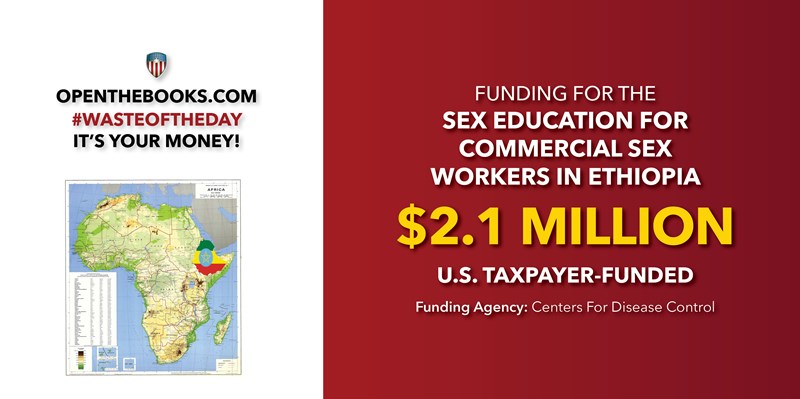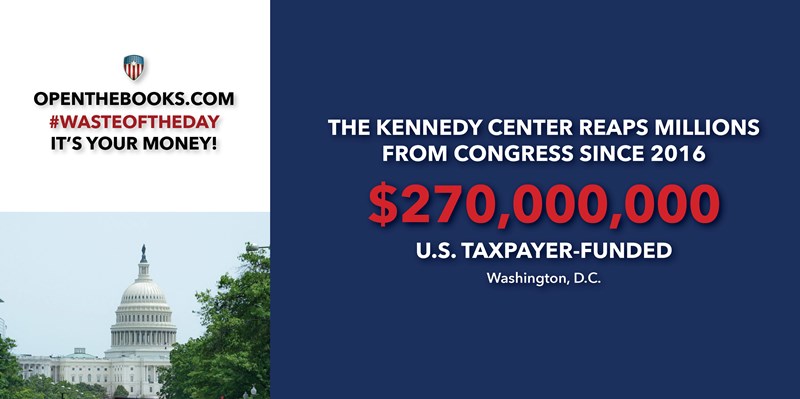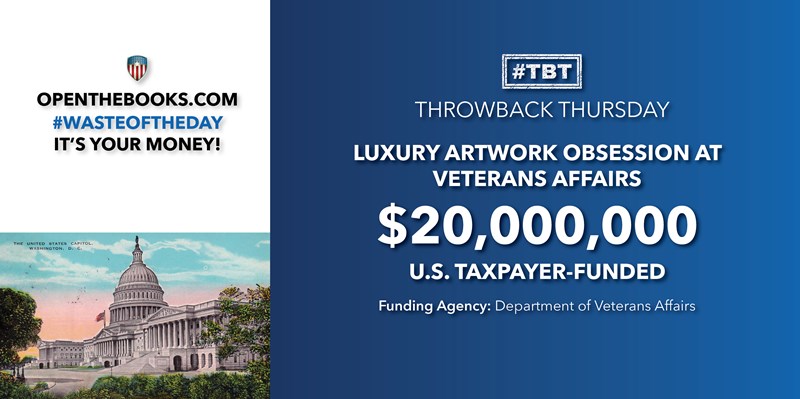
Engaging Moms on Social Media to Stop Teenagers from Using Tanning Beds
February 22, 2021
The express purpose of the $3.3 million social media campaign – funded by your tax dollars – was to influence behavior through propaganda messaging resulting in advocacy for banning indoor tanning.

The specific aims of the proposal were to:
1) Develop and implement a social media campaign for mothers on health and wellness of adolescent daughters that includes theory-based messaging advocating adolescent girls avoid indoor tanning.
2) Evaluate the effectiveness of the indoor tanning messages at a) decreasing mothers' permissiveness for daughters to engage in indoor tanning and daughters' perceptions of their permissiveness, b) reducing the prevalence of indoor tanning by mothers and daughters, and c) increasing the number of mothers who support strengthening bans on indoor tanning by minors.
The company, Klein Buendel, Inc., also received federal funding for other indoor tanning studies and the use of social media as a tool to limit indoor tanning usage.
Since 2008, the company received $42 million in federal grants.
____________________________

Sex Education For Commercial Sex Workers In Ethiopia
February 23, 2021
$2.1 million to the Family Guidance Association of Ethiopia taught sex education tofemale commercial sex workers. It’s sex ed for prostitutes – who just might be able to teach the class.
The education included HIV testing, counseling, and other STI screening and treatments (2019). Free condom distribution, family planning, and TB screening were also included.
Prostitution is illegal in Ethiopia.
In 2016, our auditors at OpenTheBooks.com found that $1.4 million flowed to the Prostitutes Education Project in Los Angeles, California from Health and Human Services for sex and needle education. Furthermore, in 2020, we found $530,000 in grant money flowed to Hookers for Jesus based in Nevada by the Justice Department for an anti-human trafficking project.
Prostitution is illegal in California, but not Nevada.
____________________________

Kennedy Center Received $270 Million From Congress and Paid Its President $5 Million Since 2016
February 24, 2021
When Congress first authorized the Kennedy Center in 1958, it was with the premise the facility would be self-sustaining and privately funded. It didn’t happen.
Since 2016, the Center has pulled in $270 million in federal funds. During this period, its president, Deborah Rutter, made $5.1 million. Our auditors at OpenTheBooks.com quantified these financial numbers from the Center’s IRS disclosures and conversations with their spokesperson.
The Kennedy Center is not a government agency, but, instead, an independent, non-profit, charitable organization under IRS section 501(c)(3).
In March 2020, the CARES Act coronavirus relief bill included a $25 million Kennedy Center earmark, $22 million of which went for payroll. Yet, days later, Rutter emailed employees announcing furloughs because, even with its COVID earmark infusion, “the Kennedy Center would run out of cash as early as July.”
We found that the Center’s net assets increased by $114 million since 2016. Even in the on-going pandemic, during 2020, the Center increased its net assets by $3.3 million.
In fiscal year 2020, taxpayers gave the Center around $78 million: COVID relief earmark ($25 million), FY2020 appropriation ($43.5 million), and grants from the Department of Education ($8 million), the National Capital Arts and Cultural Affairs ($650,000), and the National Endowment for the Arts ($85,000).
In the FY2021 congressional appropriations, the Kennedy Center received $40.4 million: $26.4 million for “operation, maintenance, and security” and $14 million for “capital repair and restoration.”
President Trump initially defended the Kennedy Center’s $25 million earmark, only to critique its December $40 million Congressional set-aside (that he ultimately signed into law) saying the Kennedy Center was “not even open for business[.]”
____________________________

Veterans Affairs Spent $20 Million On High-End, Luxury Artwork
February 25, 2021
Throwback Thursday!
When news broke the Veterans Affairs (VA) Department spent almost $20 million on artwork, while veterans were waiting months, some dying, before they could get doctor appointments, it struck a nerve.
The multi-story morse code art installation on the side of one VA hospital parking garage in Palo Alto, California, couldn’t be seen by the blind vets the center served, but news of the expenditure had some seeing red.
A 2016 report by OpenTheBooks.com, and a COX Media Group investigation, broke open the story of this federal agency’s penchant for high-end art. Good Morning America and ABC World News Tonight aired segments.
The $3.1 million the VA spent in 2014 alone, and the $19.7 million (plus $2 million in special projects) spent over 11 years on art made quite the impression. ABC News highlighted the report and featured a $482,960 VA “rock sculpture,” part of a $1.3 million courtyard project.
Some launched a defense of the VA’s art spending, but the VA responded with an in-house policy reform where future pricey art purchases would require prior approval.
Art remains a component of veteran therapy programs and an annual National Veterans Creative Art Festival featured nearly 3,600 veterans from 130 VA medical facilities in 2019. But where the art portfolio of this $237.5 billion agency (FY20) stands (or hangs) today is anybody’s guess.
____________________________

Feds Expensive Virtual Book Club for Pakistanis-Afghans Cost $116,068
February 26, 2021
The Department of State awarded $116,068 to Citizens Archive of Pakistan (CAP) for a “20-month virtual book club program connecting twelve cities in Pakistan with twelve cities in Afghanistan.”
The virtual book club's website is defunct; however, they communicate by Twitter.
Based in Karachi, Pakistan, CAP is a “non-profit organization dedicated to cultural and historic preservation and educational outreach.” However, information on the organization or virtual book club cannot be gathered from CAP’s official website, citizenarchive.org, which is defunct as of this writing.
Some information about the program can be gleaned from eighteen tweets that CAP posted since May 2020, one of which mentions that the book club hopes to serve “360 students.”
However, in pictures posted on Twitter, less than a dozen students are shown.
The #WasteOfTheDay is presented by the forensic auditors at OpenTheBooks.com.